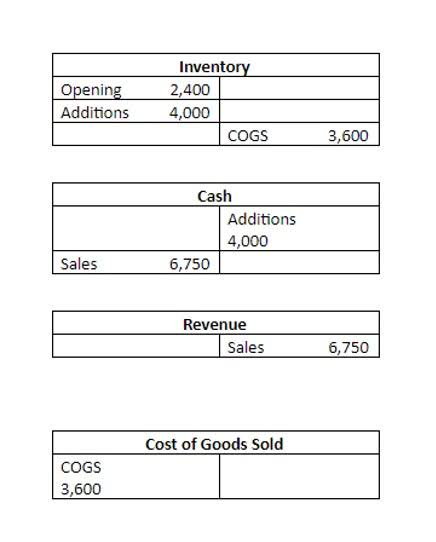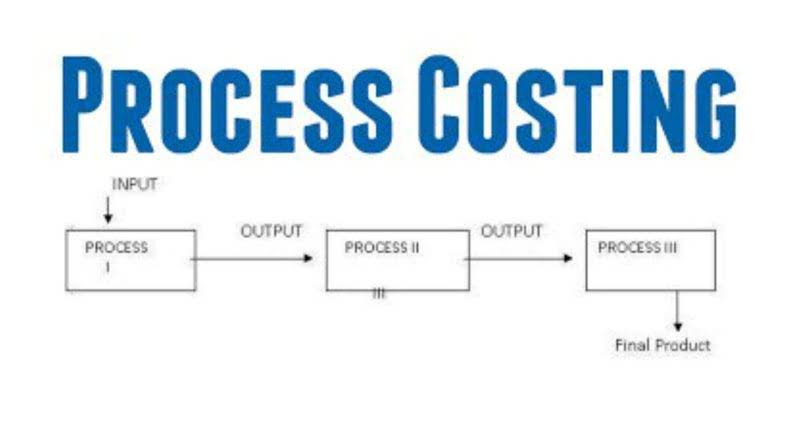
All revenue accounts will be zero after debiting the revenue account and crediting the income summary account, and the revenue account will be closed at the same time. Temporary accounts, as mentioned above, including revenues, expenses, dividends or (withdrawal) accounts. These account balances are used to record accounting activity during a specific period and do not roll over into the next year. For example, $1000 in revenue this year is not recorded as $1000 of revenue for the next year, even though the company retained the money for use in the next 12 months.

After transferring all revenues and expenses to the Income Summary account, the remaining balance shows the company’s net income or net loss for the period. This final balance needs to be moved to the Retained Earnings account to update the company’s equity and reflect the overall financial result of the period. Now, consider the advantages – software like this can take a load of data, apply predefined rules, and generate closing entries without breaking a sweat. Revenues and expenses find their way to the right places, calculations are double-checked by the system, and the end result is a set of financial statements that align with established accounting principles. Hence, strong accounting regulations and policies restrict the public listed companies from abusing certain loopholes while producing their financial reports.

Permanent accounts, also known as real accounts, do not require closing entries. Examples are cash, accounts receivable, accounts payable, and retained earnings. These accounts carry their ending balances into the next accounting period and are not reset to zero. After preparing the closing entries above, Service Revenue will now be zero.

On the other hand, the balances of the expense accounts are transferred to the income summary account or directly offset against the retained earnings account. These closing entries are crucial for maintaining accurate financial records and ensure that the income and expense accounts start with a zero balance at the beginning of the new accounting period. By doing so, companies can accurately measure their financial performance for a specific period and present the information in the financial statements. In the world of accounting, closing entries refer to the steps taken at the end of an accounting period to transfer the balances of temporary accounts to permanent accounts. In simpler terms, closing entries are the final touches applied to the books to prepare them for a new accounting period. Closing entries are journal entries made at the end of an accounting period to transfer temporary account balances to permanent accounts.
The Income Summary account, which reflects the net income or loss, is then closed to Retained Earnings (or Capital). closing entries This is done by debiting the Income Summary and crediting Retained Earnings if there’s net income, or vice versa for a net loss. We’ll use a company called MacroAuto that creates and installs specialized exhaust systems for race cars.
This process resets the temporary accounts to zero and prepares the books for the next period. Something noteworthy here is that income statement the above closing entry can be passed even without using the income summary account. I.e., moving the balances directly from revenue and expense account to the retained earnings account.

The expense accounts have debit balances so to get rid of their balances we will do the opposite or credit the accounts. Just like in step 1, we will use Income Summary as the offset account but this time we will Debt to Asset Ratio debit income summary. The total debit to income summary should match total expenses from the income statement. We see from the adjusted trial balance that our revenue accounts have a credit balance. To make them zero we want to decrease the balance or do the opposite. We will debit the revenue accounts and credit the Income Summary account.
